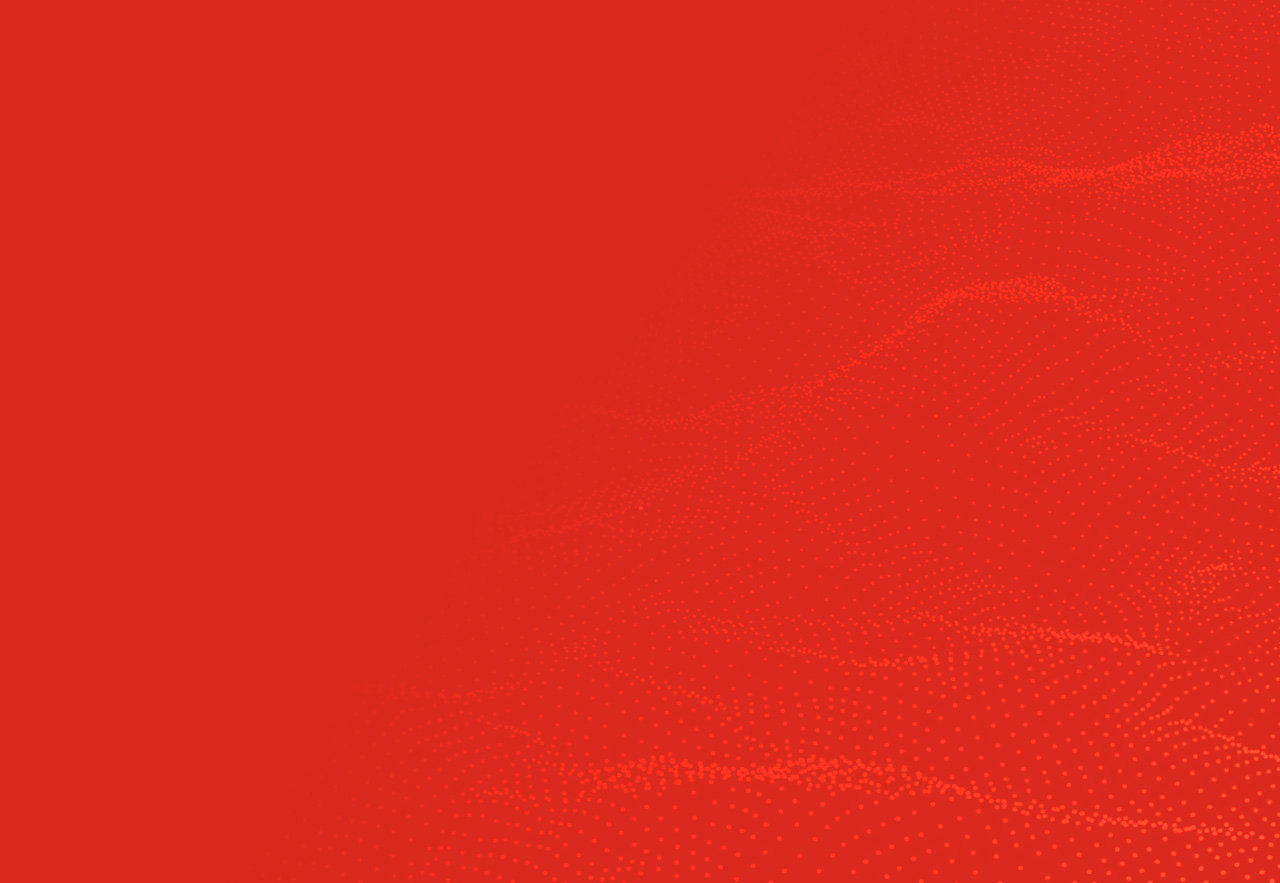By: Jon Farrow
28 Jul, 2021

“This is certainly one of the biggest findings of my career,” says Louis Taillefer, co-director of CIFAR’s Quantum Materials program and professor at the Université de Sherbrooke. “We have touched on a fundamental principle.”
“The most striking thing to me is the simplicity of the result, particularly given the complexity of the experimental inputs” says CIFAR Azrieli Global Scholar Brad Ramshaw, the Dick & Dale Reis Johnson Assistant Professor of Physics at Cornell University.
In a series of experiments conducted over the past three years, Taillefer, Ramshaw, and their collaborators showed that the peculiar way certain materials conduct electricity as they cool down reveals a new fundamental limit of electron behaviour. This important result, built on a decade of theory, experiment, and materials synthesis, is the latest major achievement for CIFAR’s Quantum Materials program.
Taillefer and Ramshaw’s results, published on July 28 in Nature, provide evidence for a long-held assumption about a curious phenomenon first discovered in 1986 by the Nobel Prize-winning duo Georg Bednorz and Alex Müller.
A normal metal, like the copper in electrical wires, will become less resistive as the temperature drops. The relationship between resistivity and temperature usually follows a curve, dictated by the collisions an electron suffers from other electrons. Specifically, it should decrease as the square of temperature as temperature is reduced towards absolute zero. However, in some materials like cuprates (where layers of copper oxide are sandwiched between elements like lanthanum, strontium, or bismuth), the relationship can trace out an eerily straight line.
“What you observe is a perfectly linear temperature dependence of the resistivity down to the lowest temperature we can go,” explains Taillefer, whose previous experiments have tracked this behaviour of electrons down to millidegrees above absolute zero.
That a graph of resistivity and temperature would show a straight line when it should show a curve may seem a trivial detail, but the researchers believe it reveals a fundamental and universal truth about the universe.
Over the past decades, experimentalists from CIFAR’s Quantum Materials program, including Johnpierre Paglione, Nigel Hussey, and Pablo Jarillo-Herrero, have found this linear relationship in materials as diverse as cuprates, organic superconductors, and twisted layers of graphene. Every time they found this “strange metal” behaviour, they noticed the slope of the straight line never exceeded a certain value.
“It doesn’t seem to depend on the details of the material in particular,” says Taillefer. “So it has to be something that’s almost like an overriding principle, insensitive to detail.”
In their latest paper, Taillefer and Ramshaw show that the linear temperature dependence of the resistivity derives from a scattering time between electron collisions that is given by Planck’s constant.
The paper’s lead author is Gaël Grissonnanche, formerly a postdoc with Taillefer at Sherbrooke and now a postdoctoral fellow at the Kavli Institute at Cornell for Nanoscale Science with Ramshaw.
It involved placing a cuprate crystal in the strongest static magnetic field in the world — 45 Tesla, at the Magnet Lab in Tallahassee, Fla. — and measuring its resistivity as a function of field direction. The motion of the charged electrons is governed by the field in a way that depends on the scattering time.
The researchers were surprised to find that the scattering time is isotropic — the same no matter which direction the electrons move. “That was surprising because, for almost 40 years now, people have thought that the scattering time should depend on direction,” says Ramshaw “What we measured was that it does not. Electrons just collide at the same rate no matter which direction they’re traveling or how fast they’re going.”
That Planck’s constant shows up in this way has made a splash in the condensed matter physics community. “Planck’s constant is a fundamental constant of nature which controls the quantum behaviour of everything,” says Subir Sachdev, a fellow in CIFAR’s Quantum Materials program and a leading quantum theorist at Harvard University. “It’s something that we know very accurately. So, to find that this scattering time depends on nothing but Planck’s constant, in different materials, is quite remarkable.”
Sachdev was not directly involved in this paper, but his theories might explain what is going on. He developed equations to model this strange behaviour of electrons back in 1993. Known as the Sachdev-Ye-Kitaev (SYK) model, it treats electrons as if they would randomly interact with each other, which Sachdev admits is unlikely to be realistic given the ordered structure of a material like the cuprate Taillefer and Ramshaw examined. And yet, the model does accurately predict the Planckian scattering time observed by the experimentalists.
“It’s very exciting that what at first seemed like an artifact of our simple model may well have something to do with reality,” says Sachdev. “It’s very much these types of observations that have motivated my research.”
It is through repeated interactions between theorists like Sachdev, experimentalists like Taillefer and Ramshaw, and materials synthesizers like Bruce Gaulin and Paglione, that CIFAR’s Quantum Materials program has produced leading research in the field of quantum materials for more than three decades.
The next discoveries will come from the collaboration of all three types of materials researchers. The theorists will try to explain what the electrons are doing while the experimentalists will keep finding new ways to test the materials that are provided by the materials makers.
“I think this is so much what CIFAR is about,” says Taillefer. “It’s about long-term collaborations that lead to breakthroughs. This paper is the perfect example of a decade-long maturation of a problem. It’s wonderful to see that, at various stages, different members of the CIFAR program have been crucially involved.”